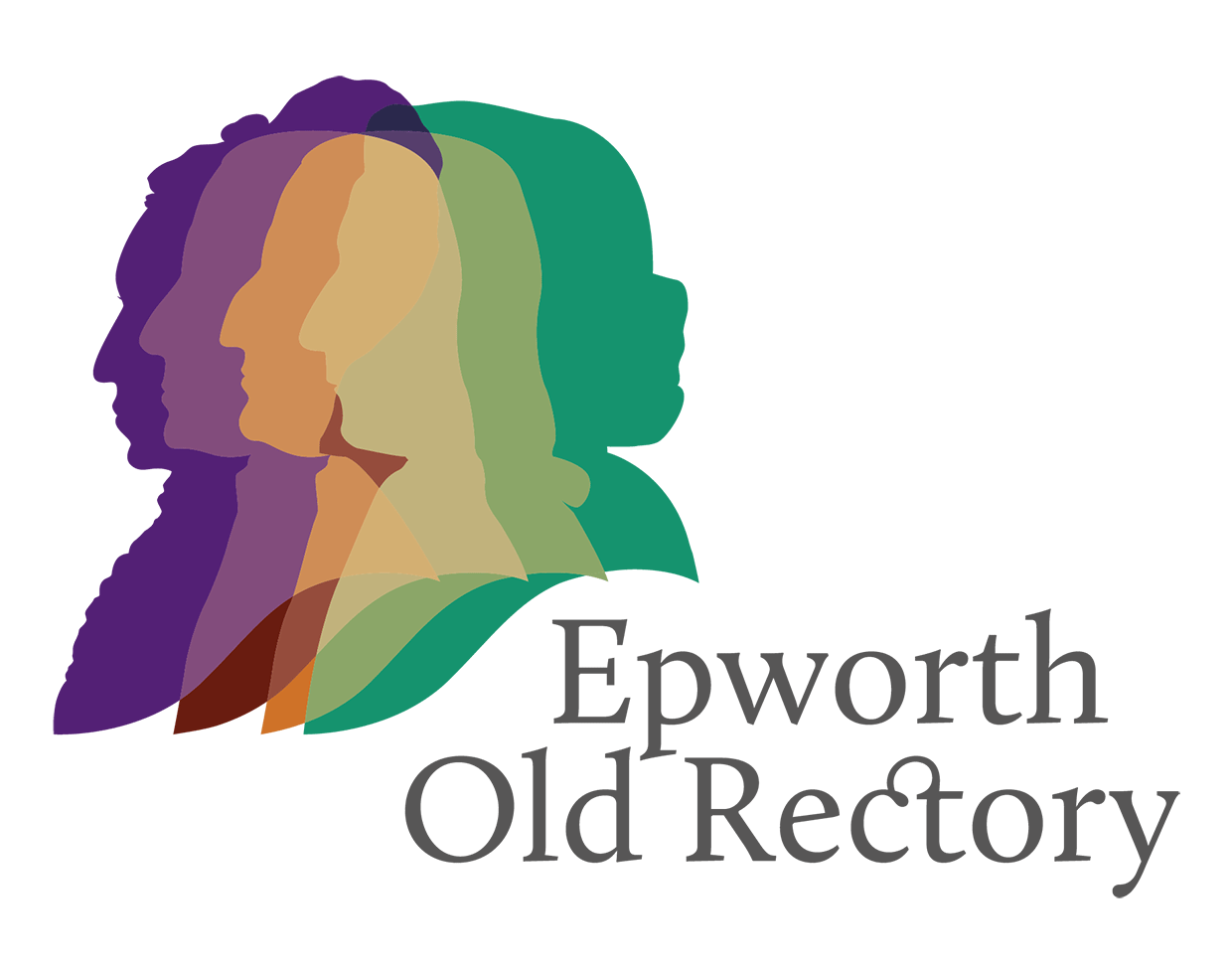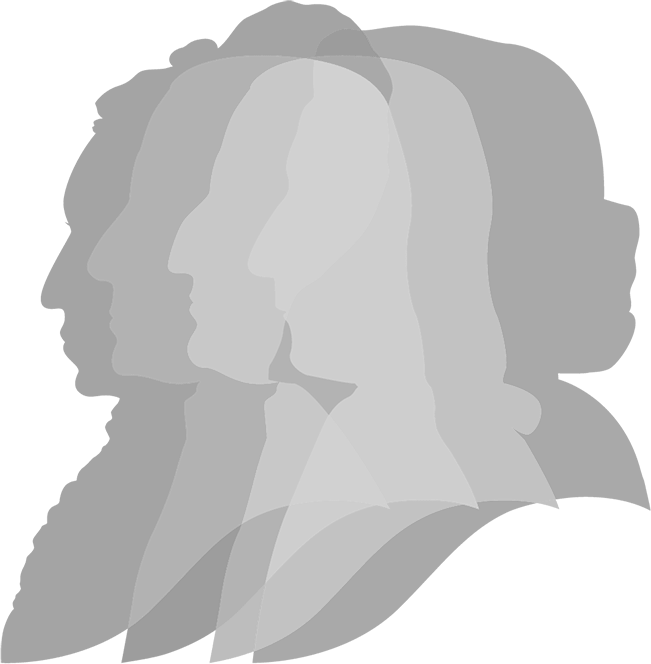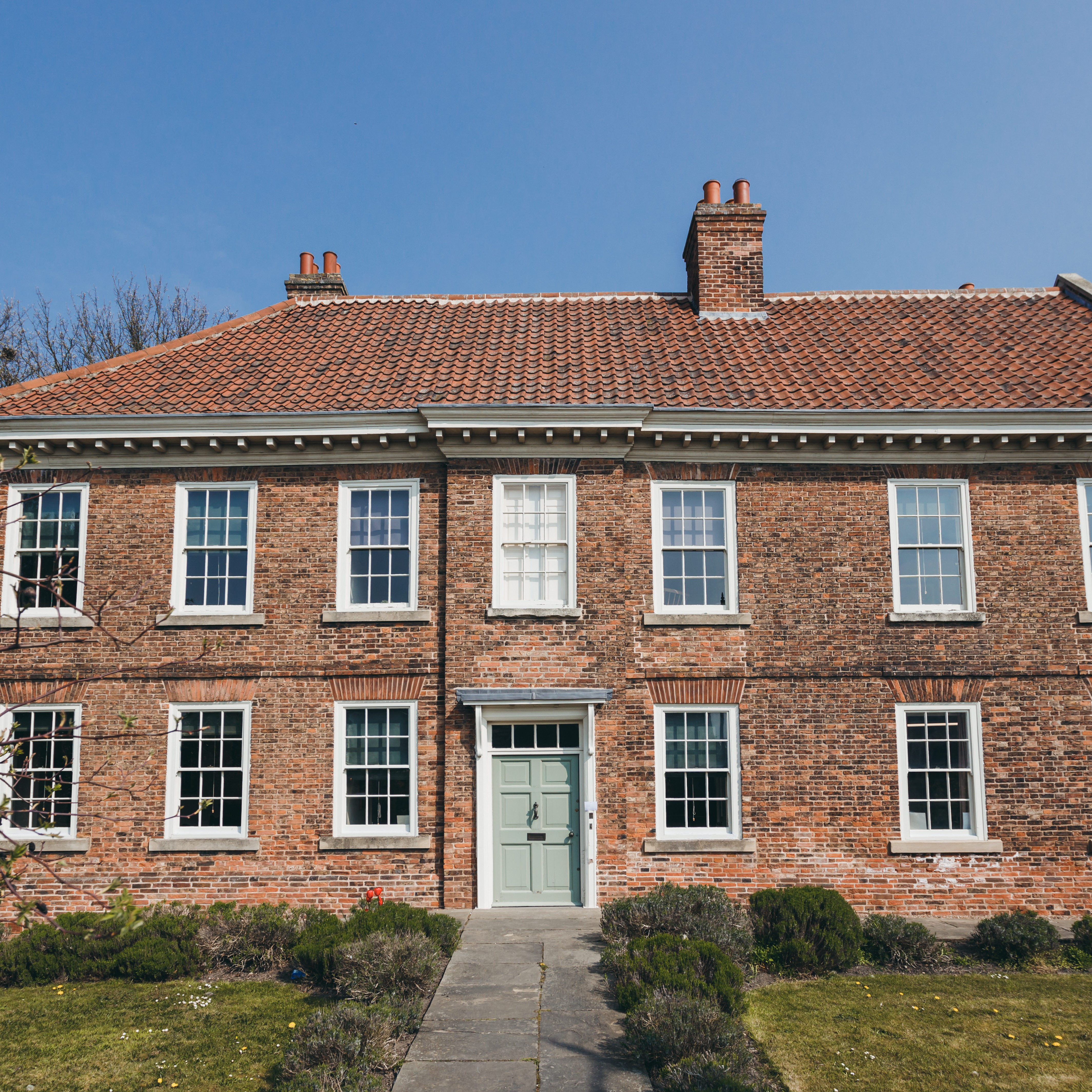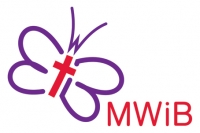Cleric • Theologian • Author
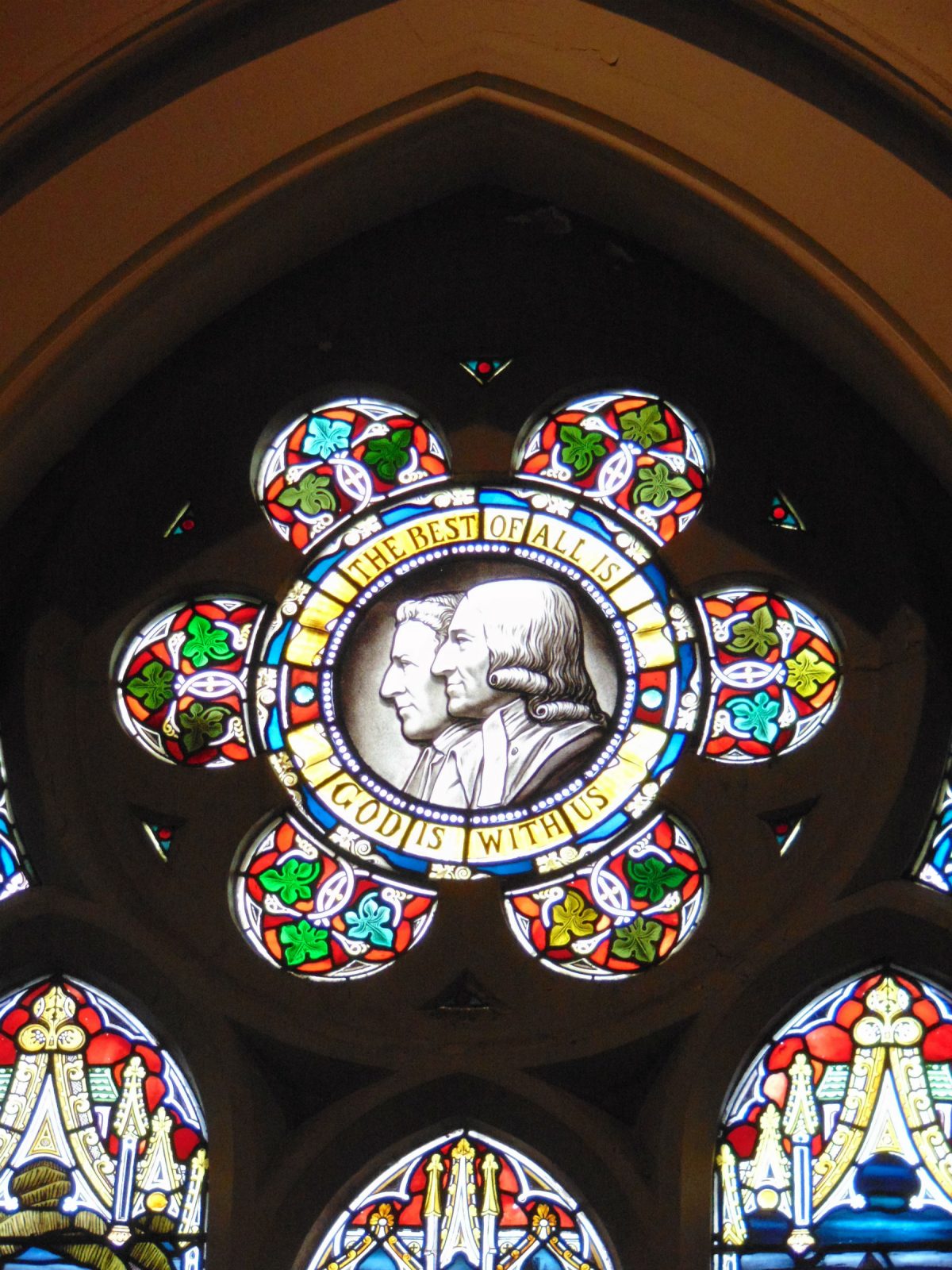
John Wesley is perhaps the best known member of the Wesley family. Alongside his younger brother, Charles, he was a founder of the Methodist movement.
Childhood at Epworth Rectory
John was born on 17 June 1703 in Epworth, the fifteenth child of Samuel and Susanna Wesley. Like the majority of his siblings John was given a nickname and was called Jacky by the family.
When John was only five years old, the Epworth rectory caught fire. On the night of 9 February 1709 John’s elder sister, Hetty, woke to see the beams above her bed burning. The family, the children’s nurse and other staff rushed to get out. Once outside they did a head count and realised that John was missing. The flames had become so fierce that Samuel was unable to get back into the house. Thankfully, John appeared at an upstairs window and a human ladder was created to pull him to safety, reputedly just before the roof fell in.
It was due to this seemingly miraculous escape that Susanna began to refer to her son as:
…a brand plucked from the burning…
Zechariah 3:2
She believed that God had rescued him from that fire for a purpose. This was a sign that his life would have an important meaning and that he would undertake crucial work.
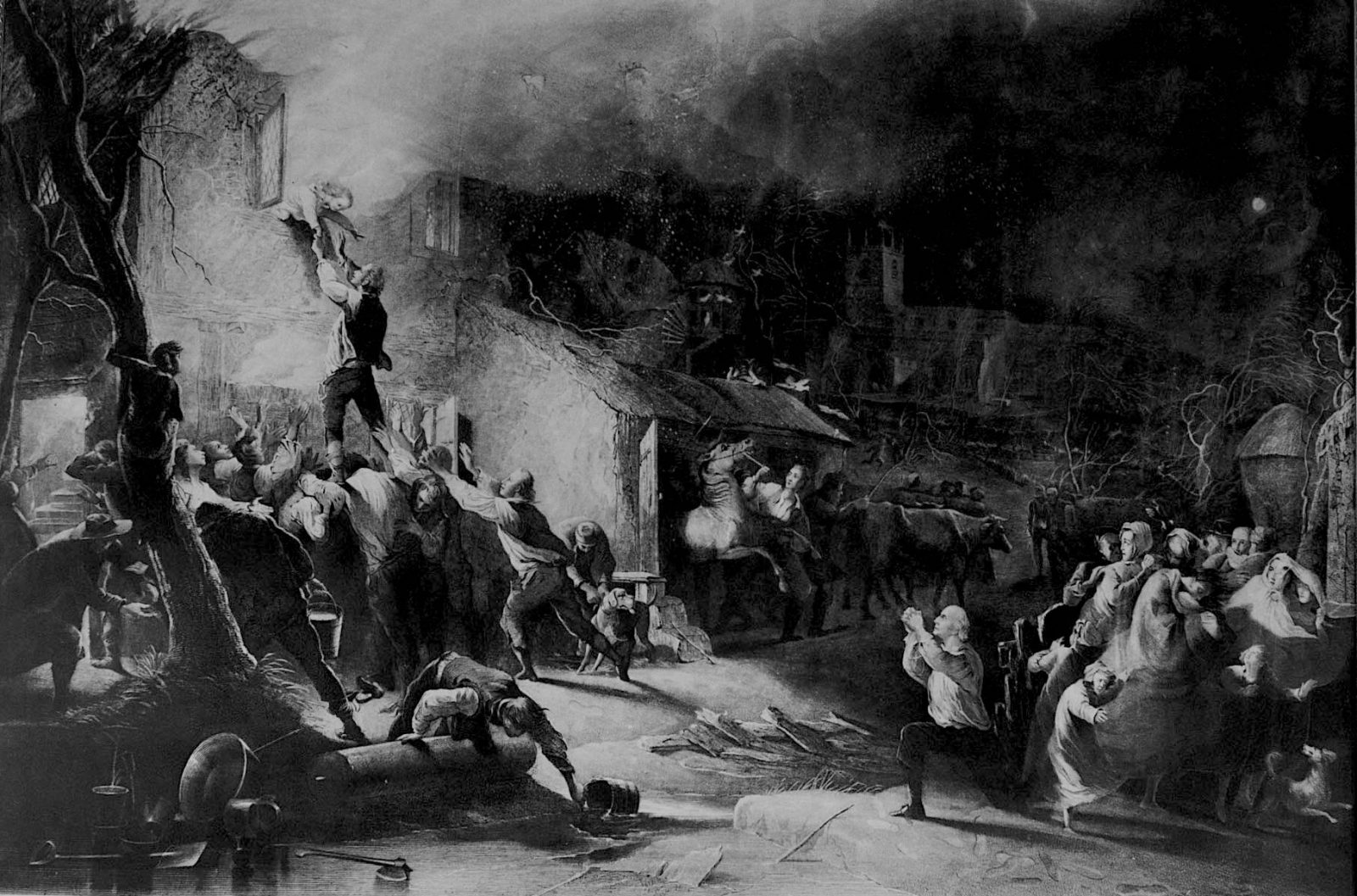
Education
Early Education and Charterhouse School
Susanna was keen to give all her children a good education, but no doubt with her belief that John had been saved for an important purpose by God, she paid particular attention to his education, especially his religious development. Like his siblings, from the age of five his schooling began in the rectory kitchen, with his mother as his teacher.
However, John and his brothers had an opportunity denied to their sisters – they could continue their education at school. Unlike his brothers who were sent to Westminster School, John became a pupil at Charterhouse School in c.1714. He became a Foundation Scholar through the nominations of the Duke of Buckingham and Marquis of Normanby, the latter being his father’s patron. Foundation Scholars were given financial support by the School, because their fathers could not afford the fees. John spent five years at Charterhouse.
Student of Christ Church and Fellow of Lincoln College
In June 1720, aged seventeen, John continued his education at Christ Church, Oxford. This greatly pleased his father, who, having determinedly made his own way to Oxford as a young man, was adamant that his sons should also attend this University. After completing five years of study, John was ordained as a Church of England deacon in August or September 1725. Three years later, in September 1728, he was ordained as a priest.
Whilst at Oxford John became a key figure in the life of Lincoln College. Fellowships of this College could only be given to someone from Lincolnshire. Samuel, ever ambitious for his sons, secured this Fellowship, having written letters to the Bishop of Lincoln, persuading him of John’s aptitude for the role. On 17 March 1726, John was elected Fellow of Lincoln College.
The Holy Club
Returning to Oxford in 1729, he joined a group of like-minded theologians, which had been organised by his brother, Charles, who was still a student. This group wanted to come together to pray and study the Bible in an organised, methodical way. This prompted other students of the University to call them “Methodists”, a nickname, intended to be mocking, that the group adopted.
John, foreshadowing his later work as the leader of the Methodist movement, became the de facto leader of this Club. It grew to be University wide, rather than just Christ Church, and began charitable works. They helped the sick and poor, undertook prison visits and helped pay prisoners’ debts. The latter likely had a deeper significance for the Wesley brothers, who had grown-up surrounded by their father’s debts. These early Methodists were also expected to strive to be model Christians, ensuring all their actions honoured God.
Mission and Conversion
Savannah, Georgia
I went to America to convert the Indians; but oh, who shall convert me?
John Wesley
On 14 October 1735 John and Charles sailed to Georgia, with the intention of preaching to the Native Americans. During the voyage across the Atlantic the ship faced treacherous weather. John witnessed and was inspired by the peace and tranquillity of a group of Moravians (a German Christian society) during a storm. They sang hymns throughout the tempest and were not afraid to die, unlike John.
John was appointed priest to settlers in Savannah, Georgia. Like his father had been in Epworth, John was determined to adhere strictly to Church of England practices. He forcefully showed his disapproval of Dissenters, insisting they be baptized according to Church of England doctrine. This, combined with his criticism of the settlers’ loose morals, caused him to be deeply disliked.
Whilst in Savannah, John fell in love with a woman called Sophy Hopkey. When he seemed unwilling to propose, Hopkey married another man. Jealous, John claimed her marriage was invalid, because the banns had not been published, and refused to serve her communion. In consequence of his autocratic manner John left Savannah on 2 December 1737, arriving in England on 1 February 1738. He had not preached to the Native Americans.
Aldersgate
On 24 May 1738 John attended a meeting in Aldersgate Street, London. He heard a reading of Martin Luther’s preface to Paul’s Epistle to the Romans. During a description of the change God works in people’s hearts through faith in Christ, John felt a change in his own. He began to trust that he truly had been given salvation through Christ and developed a strong belief in redemption through faith, rather than through good works alone. This belief informed the rest of his life and the development of Methodism.
…I felt my heart strangely warmed. I felt I did trust in Christ, Christ alone for salvation; and an assurance was given to me that he had taken away my sins, even mine.
John Wesley
Itinerant Preacher
Following his conversion experience John’s work for Methodism became more earnest and in-depth. He began to travel throughout the country on horseback. In all he preached around 40,000 sermons.
John was initially reluctant to conduct field-preaching. Having been brought up by a staunchly Church of England father, he believed the correct place to preach was on consecrated ground, which limited him to churches. George Whitefield, another theologian and alumnus of the Holy Club, persuaded him that outdoor preaching was a necessity. By the mid-eighteenth century many of the working-class felt disillusioned by the Church of England. The established Church catered to the needs of the middle and upper classes, but the working-class felt unwelcome in their congregations. Whitefield convinced John that they needed to get the message of the Gospels to the working-class and that the only way to do this was by going to them.
Having witnessed Whitefield preaching to crowds in Bristol, John began his itinerant career. He preached in town marketplaces, on village greens, by mines and factories where the working-class would come to listen.
The Church of England became wary of his work, sensing that his itinerancy stemmed from a criticism of them. Anglican churches barred him from preaching. Upon a return to his childhood home of Epworth in 1742, he found himself banned from St Andrew’s Church.
Curate John Romley, who had served under Samuel Wesley, refused him entry to the church. John, now experienced at preaching wherever he would find listeners, stood on his father’s grave at six o’clock on the Sunday evening and preached to a large crowd of locals. During that visit he preached from his father’s grave a total of three evenings.
John’s Early Developments of Methodism
Lay People and Missionaries
Increasing his country wide following through his preaching, John formed ‘societies’ of followers, dividing them into fellowship ‘bands’ (later renamed ‘classes’). These societies were led by lay people, unordained local preachers that John appointed. This willingness to include lay preachers has often been attributed to John witnessing his mother, Susanna, preaching to the people of Epworth in the rectory kitchen when he was a child. It is likely also due to his mother’s influence that he did not limit lay preaching to men, but allowed women a role in the work.
However, John’s development of Methodist preaching was not without controversy. He believed himself to be a ‘scriptural episcopos’, essentially a bishop. Therefore, he gave himself the authority to ordain Thomas Coke as a ‘superintendent’ to lead the American Methodist Connexion.
The Foundery and City Road Chapel
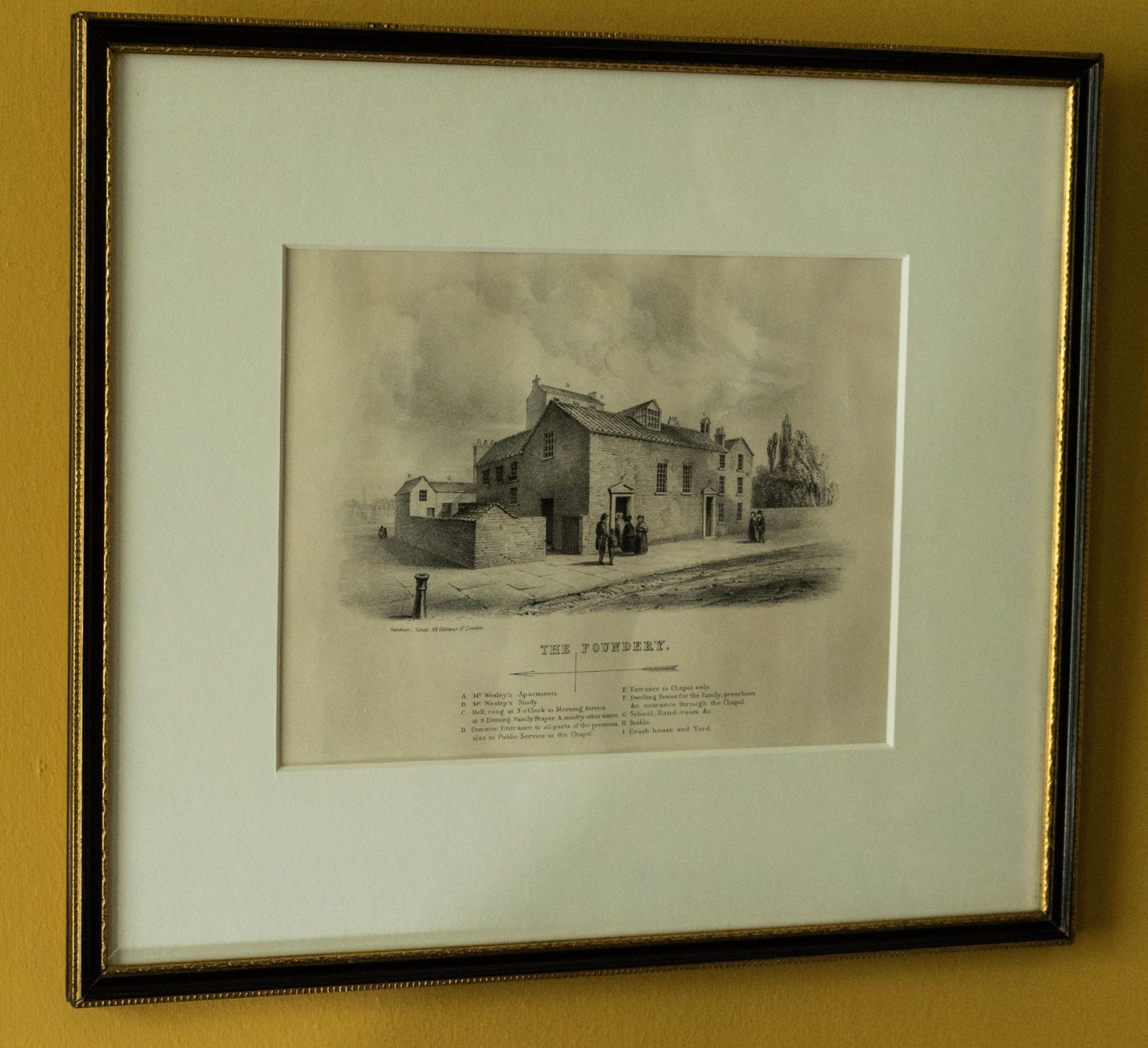
With the hopes of establishing a Methodist base in London, John purchased a disused canon factory. The Foundery, as it was known, included a boardroom for prayer meetings, a school room, library, and accommodation for himself and two preachers.
However, by 1776 the Foundery was no longer fit for purpose. Societies across the country were asked to raise funds for a new London base. On 21 April 1777 work began on City Road Chapel, with a house for John next door. From here John was able to direct the work of the Methodist movement, including social concerns such as prison reform, education and care for the poor.
Writing
Like his brother, Charles, John was a prolific writer. It seems that the brothers were more talented than their father, who had never succeeded in his ambition of becoming a famous writer. John wrote a number of hymns, but the role of hymnist he appears to have left mainly to his younger brother. A number of John’s writings became doctrinal standards within the Methodist Church, including his Explanatory Notes upon the New Testament and Forty-Four Sermons. Thanks to his faithfully kept journal and numerous extant letters the development of Methodism in the eighteenth century has been recorded in detail. In-keeping with Methodist concerns for issues of social welfare, the last letter John wrote before he died was to William Wilberforce, making clear his opposition to slavery.
John’s Death
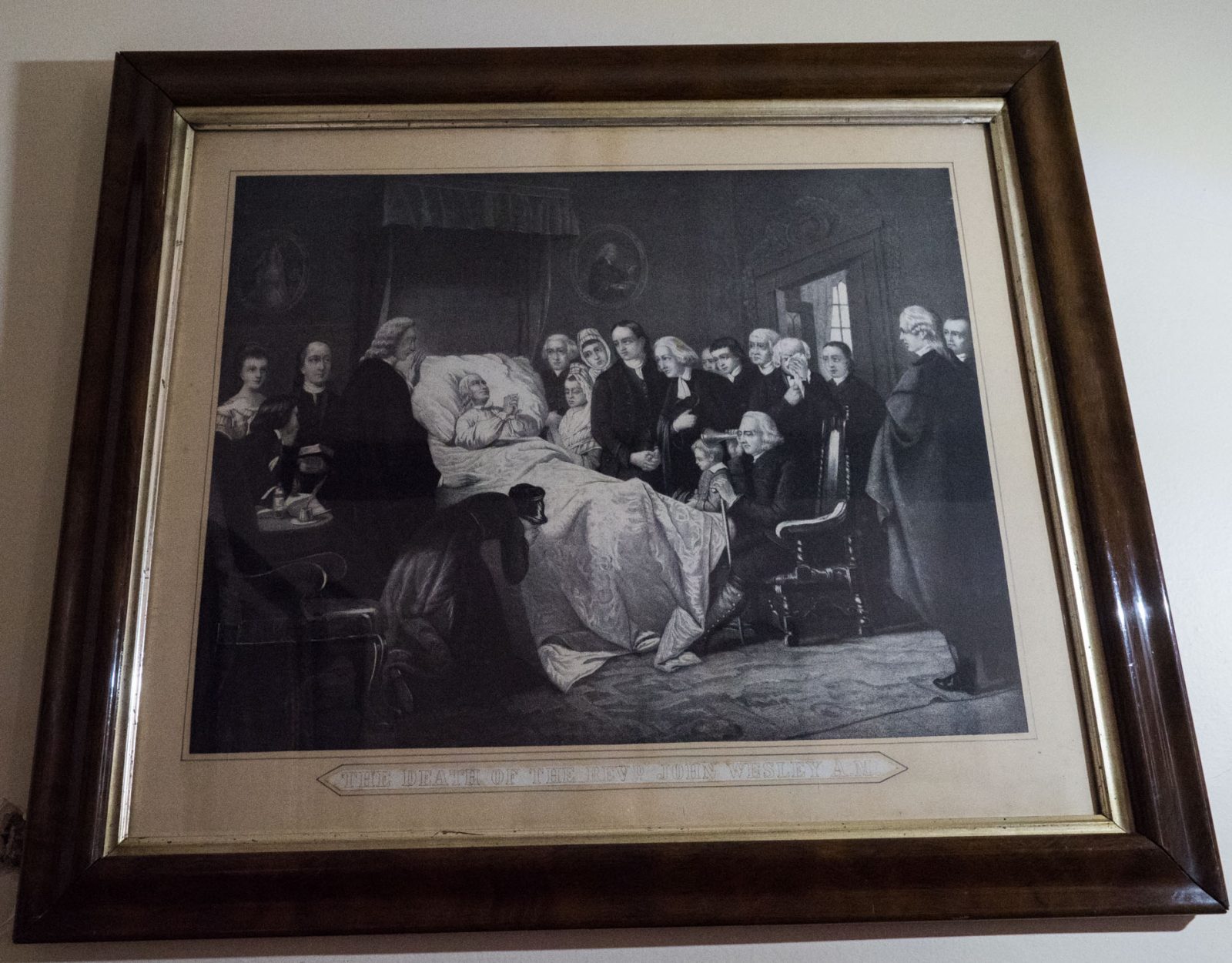
On 2 March 1791, after a long career leading the Methodist movement, John died at his City Road house, aged eighty-seven. He was buried in the grounds of City Road Chapel, sharing a grave with his sister, Patty.
The best of all is God is with us.
John Wesley’s final words
Recommended books about John Wesley
The following book is available in Epworth Old Rectory shop and was used in the writing of this web-page:
- Roy Hattersely, John Wesley: A Brand From the Burning (London: Abacus, 2004)
